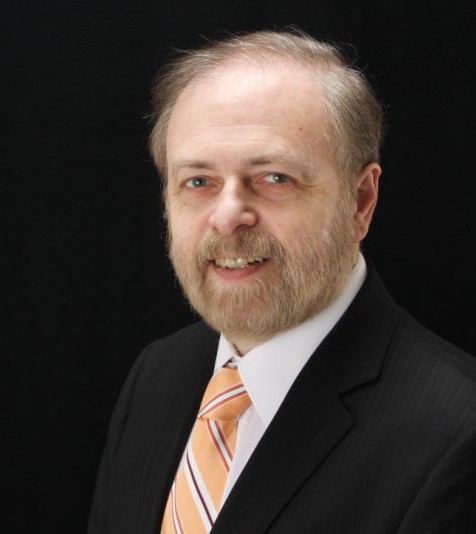By Rabbi Mordechai Levin
When people think of Jewish symbols, which one comes to mind first? For most people, it is probably the Magen David, the familiar hexagram or six-pointed star, consisting of two interlocking triangles.
The Magen David – literally “Shield of (King) David” – is now the most popular symbol; however, it was not always a Jewish one. It was a general symbol, whose Jewish association developed over time. In the past, the menorah – the seven-branched candelabrum of the Jerusalem Temple – was the most accepted image of the Jewish faith and people.
The six-pointed star was used as a decoration or as a magical sign in many civilizations and in regions such as Mesopotamia, India, and the Iberian peninsula, prior to the Roman conquest. The decorative use of the hexagram continued in the Middle Ages in Christian and Muslim countries. It was used on notarial signs in Spain, France, Denmark and Germany, by Christian and Jewish notaries alike. It also appeared in early Byzantine and many medieval European churches. In Arab sources the hexagram was commonly used under the designation “seal of Solomon,” an expression which was also adopted by Jewish groups.
Prof. Gershom Scholem (1897-1982), the preeminent modern scholar of Jewish mysticism and professor at the Hebrew University of Jerusalem, wrote about its history in The Star of David: History of a Symbol. He wrote that while the six-pointed star could be found occasionally in some Jewish records and on a few community buildings, it did not begin to assume widespread significance as a Jewish symbol until the 19th century.
Sporadically it appeared on Jewish artifacts such as lamps and seals, but without having any particular or identifiable significance. The official use of the Magen David began in Prague. In the 14th century, Charles IV granted the Prague community the freedom of bearing its own flag on which the hexagram was represented. It was chosen by the Jewish community or by the Christian rule, and the flag was later documented as “King David’s flag.” From there it extended in the 17th and 18th centuries through Moravia and Austria, and later to Germany and Holland.
The earliest-known mention of the term “Magen David” is the book Sefer ha-Gevul, written in the early 14th century. Between the 14th and 18th centuries, the terms “shield of David” and “seal of Solomon” were used indiscriminately, mostly in magical texts, but gradually the former became more popular.
According to Scholem, the most important reason behind the wide diffusion of the sign in the 19th century was the Jews’ desire to have a simple sign which would represent Judaism in the same way the cross represents Christianity. This led to the pre-eminence of the Magen David in official use, on ritual objects and in many other ways. From central and Western Europe it made its way later to Eastern Europe and to Oriental Jewry. Almost every synagogue adopted it, and communities and charitable organizations imprinted it on their seals and letterheads.
It was adopted by the Zionist movement at the end of the 19th century. The first issue of Herzl’s Zionist journal, Die Welt, bore it as its emblem. The Magen David became the symbol of new hopes and a new future for the Jewish people
During the Holocaust, when the Nazis required Jews to wear badges in the form of a Magen David, it took on a new dimension of depth, uniting suffering and hope.
The reborn State of Israel chose the menorah as its emblem, and the Magen David remained on the national flag. Israel’s official emergency medical and ambulance service adopted the name Magen David Adom – Red Star of David.
In this way, what was originally a widespread general symbol gradually became known as the symbol of Judaism and the Jewish people.
 is the rabbi of Congregation Beth Israel in Munster, IN. He received his rabbinic ordination from the Latin American Rabbinical Seminary, and is a member of the Rabbinical Assembly. In 2010, he was awarded an Honorary Doctorate of Divinity from the Jewish Theological Seminary in New York City for his years of dedicated service to the Conservative movement and the Jewish community...
is the rabbi of Congregation Beth Israel in Munster, IN. He received his rabbinic ordination from the Latin American Rabbinical Seminary, and is a member of the Rabbinical Assembly. In 2010, he was awarded an Honorary Doctorate of Divinity from the Jewish Theological Seminary in New York City for his years of dedicated service to the Conservative movement and the Jewish community...